Hemp, Hemp, Hooray! This Superplant May Be Legal Again in the USA
You can eat hemp, drink hemp and moisturize your skin with it. You can wear hemp, write letters on it, sit on chairs upholstered with it, walk on rugs woven of it and keep out the sun with drapes made of it. You can paint, varnish, lubricate and insulate with hemp. Basically, seed to stem, there’s a use for almost every part of this amazing plant.
There are 25,000 hemp-containing products on the global market to prove its ever-growing usefulness, according to the Hemp Industries Association (HIA), which also estimates the value of the burgeoning U.S. hemp market for food, supplements and beauty products as being nearly $184 million in 2013. When sales of clothing, home and building products, paper, auto parts and various other items are factored in, HIA estimates the total retail value of hemp products sold in the U.S. to be $581 million.
“Wow,” you might say, or perhaps, “Far out.” And it is, for everyone but U.S. farmers. They haven’t been able to reap the rewards of cultivating so-named industrial hemp, let alone enjoy the fruits of its current revival. Growing hemp, a booming agribusiness in China, Europe and neighboring Canada, has been illegal in the United States for more than 50 years. But the times are changing: Hemp, it appears, is poised for a long-awaited reprieve.
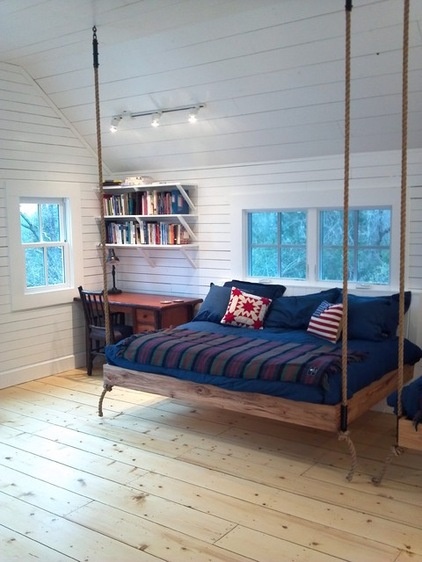
When President Obama signed the Farm Bill in February 2014, he set the stage for handing over hemp cultivation for research purposes to the discretion of individual states.
States and their farmers championed the move, and they aren’t sitting on the sidelines. To date 33 states have introduced pro-hemp legislation and 22 have passed pro-hemp legislation.
“In short,” says Ryan Fletcher, a spokesperson for HIA, a nonprofit hemp trade association, “the state laws and the passing of the Farm Bill are steps that do legalize hemp farming within some conditions. … We see these as steps toward full legality.”
One of the earliest-known cultivated plants, hemp has been called on for whatever man or woman needed for 12,000 years, from clothes and shoes to, yes, famously, rope — like the one used here to rock the indoor daybed.
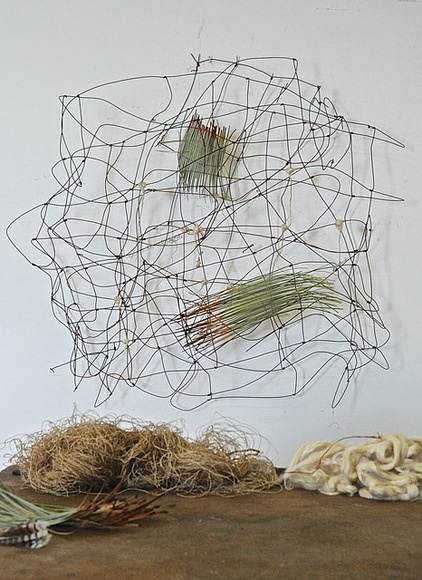
Hemp fibers, shown unspun and hand spun below this Harriet Goodall sculpture, in their pure form are similar in texture to linen fibers, but that’s where the comparisons stop: There is no other plant like hemp in terms of strength, durability and versatility — and for most of its history, the U.S. was a hemp-producing powerhouse. In colonial times, hemp grew prolifically and was often used as currency to pay taxes.
Hemp’s modern heyday came during World War II, when American farmers were urged to plant more crops to make parachutes and battleworthy ropes and rigging for ships, even the stitching on military boots. To grow hemp was a patriotic endeavor, as trumpeted in the U.S. Department of Agriculture film Hemp for Victory.
American farmers responded by planting more than 1 million acres.
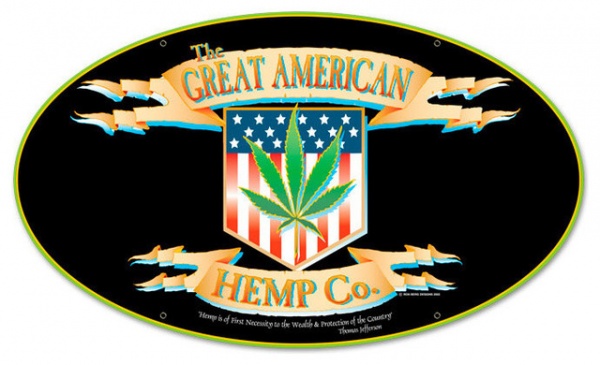
American Hemp Metal Sign Wall Decor - $44.20Unfortunately, before Hemp for Victory there was another film, Reefer Madness, released in the 1930s and setting the stage for what, in the end, sealed hemp’s fate and that of American hemp farmers: the war on drugs.
A member of the Cannabis sativa family, hemp does look a lot like its cousin, marijuana. But it doesn’t have psychoactive properties — those who have dared to smoke hemp report that all it gives you is a sore throat and a bad headache.
Still, guilt by association — and appearance — was enough for the Drug Enforcement Agency (DEA), which did its job and also began a campaign to eradicate the offshoot “weeds” that sprouted from the tens of thousands of hemp fields planted during the Hemp for Victory days.
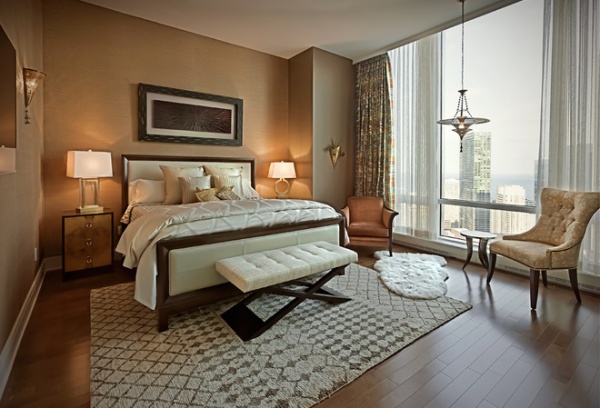
Shutting down hemp growing in the U.S. didn’t mean that using hemp products was illegal. It just meant that the hemp had to be sourced from outside the U.S. Nor did the move darken its reputation, here or globally, or stem the flow of hemp-based products. And it certainly didn’t dampen the revival that hemp is now enjoying.
Hemp is hip because hemp is a remarkable plant. Take its fibers, for example: Their cellular structure creates textiles with a density well suited to fine rugs, like the one shown here from Carolyn Tracy Interiors. Hemp’s natural tendency is to lie flat when woven and to soften over time.
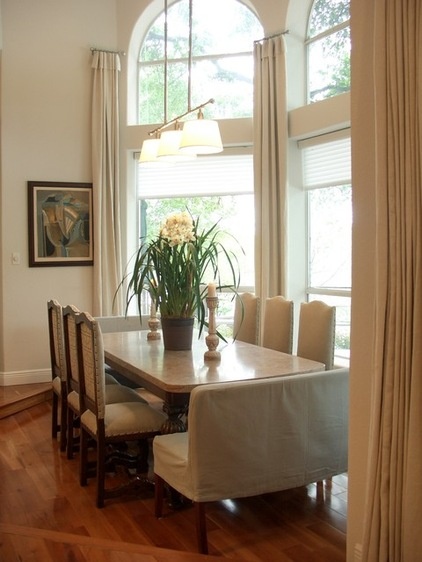
Hemp is often blended with cotton, silk or linen, but it can stand proud on its own — and its use is suited to any setting: refined, as these hemp-covered antique chairs from Houston-based Terri Symington attest, or casual.
In its natural state, hemp is yellowish, greenish, dark brown or gray. While it can’t be dyed to a lighter shade easily, when it is dyed the process requires less chlorine — one of hemp’s many environmentally friendly attributes.
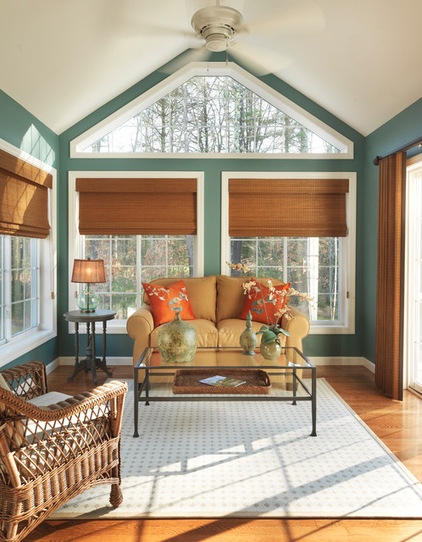
Hemp crops require no fertilizer, fungicide or pesticide. In comparison, cotton is extremely susceptible to pests and is heavily sprayed.
Hemp plants don’t need dousing with weed killer, either. Growing full, tall and close together, hemp plants block sunlight and soak up the soil’s nutrients before weeds even get the chance to compete.
For those lounging on a hemp-covered couch like the one in this family room, there’s another healthy bonus: 100 percent hemp fabrics are naturally hypoallergenic.
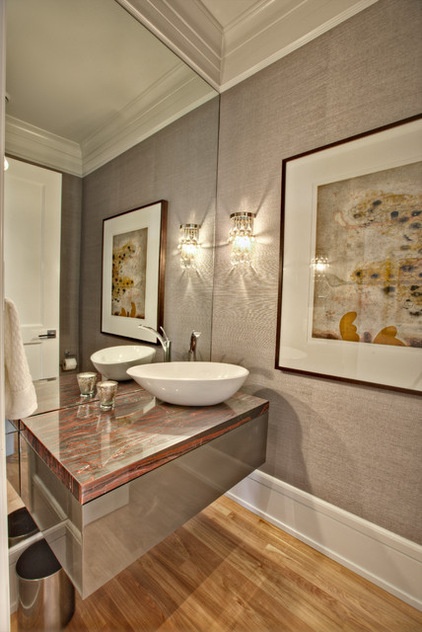
Hemp plants boast antibacterial properties — and their fibers naturally block out ultraviolet light.
And if that’s not enough of a sales pitch, hemp fibers are resistant to saltwater and mildew, and they absorb moisture, which hasn’t gone unnoticed by designers, who call on hemp for naturally damp spaces like bathrooms.
Shown: Handwoven hemp wallpaper from Phillip Jefferies
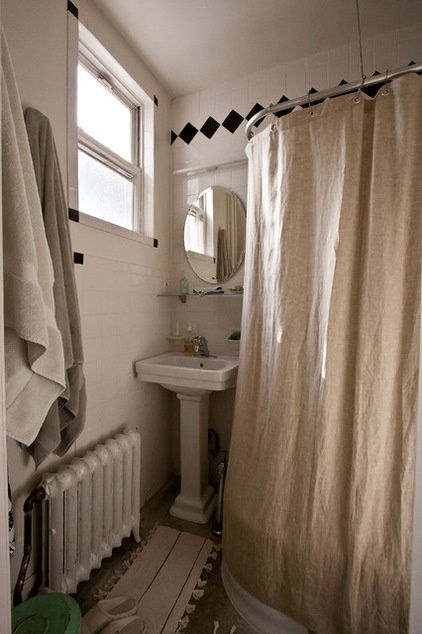
Hemp’s water-resistant attributes make it a favorite for use in warm and humid climates — and for crafting shower curtains, as shown here.
Accolades for hemp could go on ad nauseam, but here are just a few more:
Hemp is as sustainable as sustainability can get. First, since it grows like a weed, there’s no danger of overfarming. Hemp seeds sprout in less than a week, and two weeks later, the plant can be taller than 6 feet. It doesn’t need much water; it can be grown in a variety of soils, elevations and climates; and it’s 100 percent biodegradable.Hemp is an agricultural dream crop, and U.S. farmers could soon be digging in — except for a rather embarrassing, and irritating, handicap: The U.S. is facing a hemp-seed shortage.
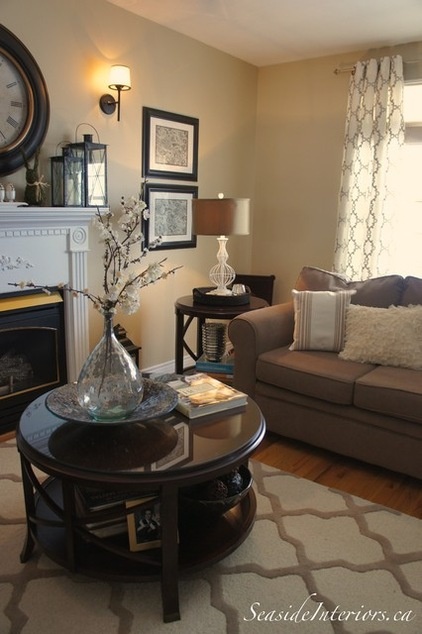
Stems for fiber are one of hemp’s strong points; hemp seeds are another. Oil from seeds finds its way into a myriad of products, highly nutritious health foods to paint and biofuels — all beneficial to the hemp grower, if he or she has the seeds to begin with.
The seed conundrum is twofold. First, the DEA’s campaign to eradicate all the wild hemp — known as “ditch weed” — that sprouted from the plants grown for the war effort worked. According to DEA figures, $175 million was spent over the past two decades to yank that evil ditch weed, along with its seeds.
Shown: A wall painted with Hemp Seed from Benjamin Moore
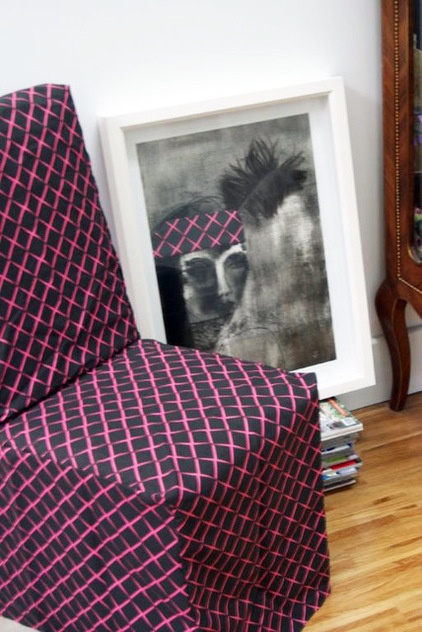
Berber Fabric by Karen BrockSecond, U.S. growers seeking imported seeds have been foiled by the DEA, which has been confiscating seeds shipped from Canada and Europe even after the Farm Bill passed. Hemp seeds, like the plants, are indistinguishable from marijuana until tested.
A lawsuit filed by the Kentucky Department of Agriculture against the DEA for confiscating hemp seeds from Italy was dropped on August 15, when the federal government agreed to review the hemp permit in an “expeditious manner.”
The seed debacle will no doubt be sorted out, even in Washington, where legalizing industrial hemp enjoys bipartisan support. Its leading advocates: Senate Minority Leader Mitch McConnell, R-Ky.; Sen. Rand Paul, R-Ky.; and Sen. Jeff Merkley, D-Ore.
Shown: A chair cover made with hemp linen by Karen Brock
More: Easy Green: Natural Fabrics Refine Rooms












